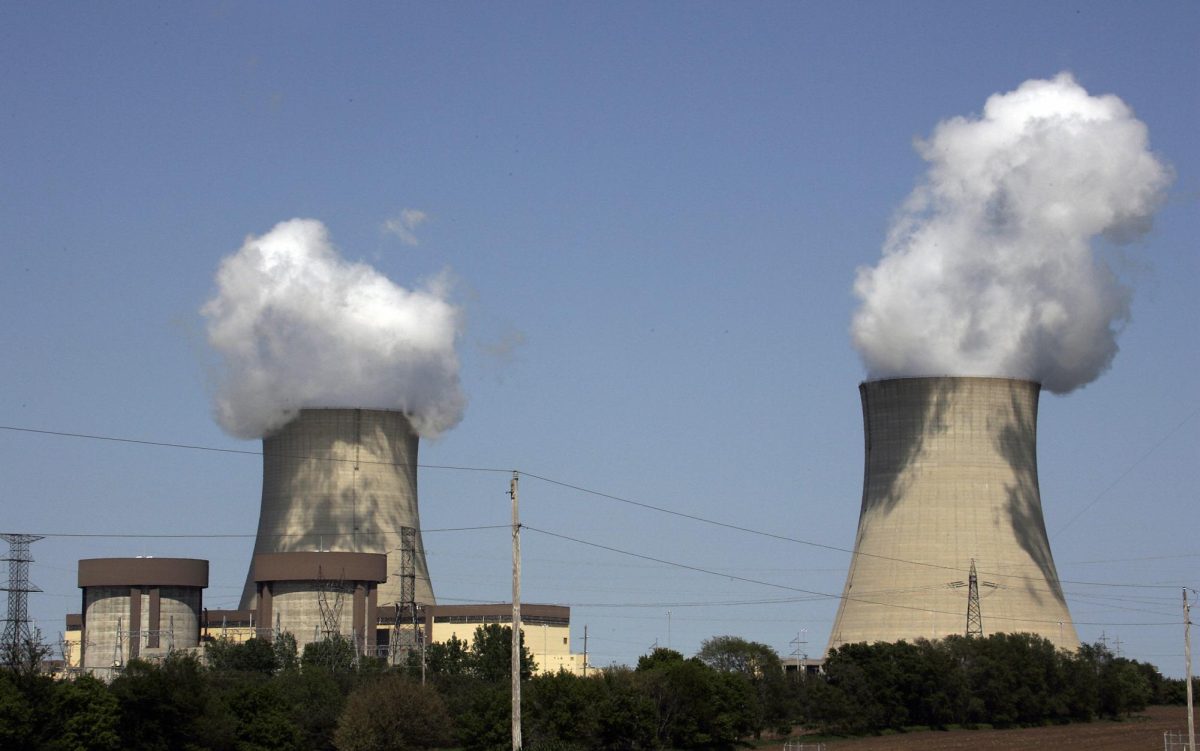
While Dean Martin famously sang “Let it Snow!” by the fireside, public knowledge about snow is a lot less confident. From sledding to snowball fights, snow days to snowmen, in many parts of the world, snow is an inseparable part of winter’s identity. Still, in terms of knowledge surrounding its ecological purpose, many Americans are left out in the cold. So, here are a few frosty facts to break the ice on one of the chilliest natural processes.
According to the National Snow and Ice Data Center (NSIDC), snow serves manifold purposes in our ecosystem. One of its most prominent functions is as a reservoir. During a period of thawing, frozen water is released and refills rivers and other bodies of water, a phenomenon most visible in western states like Oregon. Due to the way this process influences the amount of heat released into the atmosphere, imbalances in snowfall can lead to the shifting of climate-related patterns. For example, the quantity of snow experienced in Asia moves the placement of the monsoon season and limits its duration.
Moreover, in an article from BBC Earth, it has been proven that snow is not actually white. Just like its melted sibling, snow is mostly a translucent particle, reflecting nearly ninety percent of sunlight received. In short, the clear flakes diffuse large amounts of light, ultimately combining all the colors into snow’s signature pearly hue. This process also explains why dirty snow melts faster than clean snow. Since the powder is less clear, it cannot reflect as much light, therefore it thaws quicker. This snow-dirt combo is simply referred to as “snirt”.
These facts are just the tip of the iceberg, so go out and explore the chilly feature that truly makes this season a winter wonderland.









